Apparatus Positioning For Highway Events
I cannot help but think I am in the twilight zone!
For whatever reasons, I continue to see with my own eyes apparatus positioned on incidents along highways in positions that exposes the crew to fatal collisions with drivers that cannot, won’t or just plain don’t care about moving over and slowing down when we work on the highway. So here is my attempt to change what we are doing on the highway incidents.
Background
First, some history, many years ago we didn’t even care about sending fire apparatus to vehicle collisions or other events on the highways and byways of America. Unfortunately, after we killed and maimed a number of responders some of us got the message.
Over the last 25 plus years we have continued to evolve this response profile as a community. Again, through trial and error we still haven’t “gotten it”. We continue to see law enforcement, fire service and EMS personnel killed and injured in what I believe to be totally preventable incidents.
States have adopted move over laws (that haven’t worked).
Safety organizations have made videos that haven’t worked.
We have placed traffic vest on our personnel. (I guess so we can find them after they are hit).
Until we place an almost immovable mass (our equipment) between us and the people who are killing us we will not protect anything. Just the other day I was driving down a two lane interstate in Florida. Off the right shoulder a mile or so down the road I saw some apparatus with emergency lights on. I moved to the left lane and slowed down. To my amazement, I came upon the accident scene first, followed by the EMS unit, then the engine company and finally the police. They were all parked on the shoulder. I think I said a few choice words and shook my head. This is 2013 right??
Positioning to Save
Here is how we should be placing our apparatus.
On the traffic side of the event (meaning oncoming traffic), a police unit should be placed on the shoulder 1000 feet or more before the next apparatus.
An engine or truck should be placed at a 45 degree angle so impact goes away from the incident. I always liked to take 1 ½ lanes to protect the crews working. This apparatus should have sufficient lighting to warn drivers a fair distance away from the accident.

Apparatus has blocked 1 1/2 lanes and is positioned at a 45 degree angle. Note the position of the truck also gives the traffic an idea of which way to transition. Photo Courtesy: Mike Rehfeld, Firefightertoolbox.com
Next we should place the medic or other smaller units before the accident scene. If extrication or other operations dictate close the road! You can open the road when most of the personnel are not exposed as they work. If the event is spread over several lanes or opposite sides of the highway get more help from other apparatus.
I must give Baltimore County Fire Department (my old employer) kudos for their response profiles on highway incidents. That department sends several companies to the scene for protection.
I am sure there are those cases where law enforcement says we cannot block lanes. I have experienced this, it goes away when you meet and train together and remind them that we are saving them as well as our own.
Let’s make a commitment to stopping this preventable loss of personnel!!!

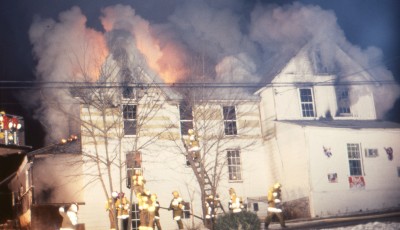
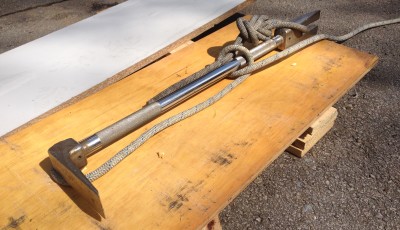

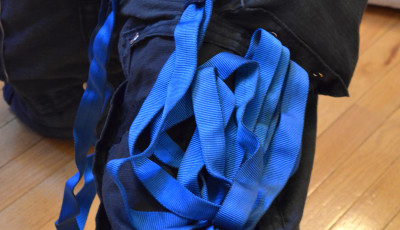
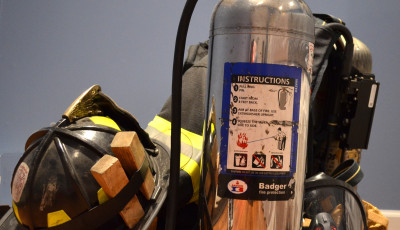
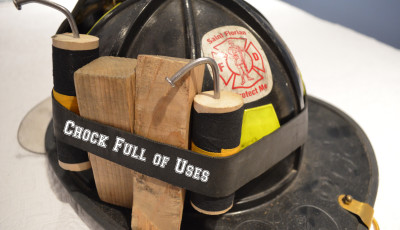




Can you comment about PD interfering with fire when fire try’s to shut down roads.
Steve,
We had this issue about 10 years ago. We invited the PD commanders to a meeting and showed a short PowerPoint on the number of Police struck at highway incidents. Then we showed some video of fire apparatus struck and that they don’t move much. We talked about our goal of protecting them as much as us. Also, let them know we would open as much of the road as we could safely do as soon as we could. The dialogue went very well and isolated incidents after that were addressed on an individual bases. Maybe if you start a joint PD/FD highway safety group, it would solve some of the issues. Just a thought.
Be safe
Mike
Great article Mike.
Mike,
There is a good video out there that is on You Tube called “Manage to Survive”. This video is a great tool for all PD’s, FD’s, EMS, Towing and Transportaion Responders to watch about vehicle positioning and Traffic Incident Management Best Practices. It’s vitally important that we protect our people, while at the same time maximizing traffic flow to prevent further incidents in the backup.
Great article and keep up the good work!
Ben
I’m all for responder safety but the photo above shows a piece of equipment blocking 3 out of 4 lanes for an incident on the right hand shoulder, they are not taking 1 and a half lanes, they are taking 3. This is probably the most exasperating part for me is to sit and watch as traffic blows by the incident for 5 minutes and then when emergency crews show up everything grinds to a halt.